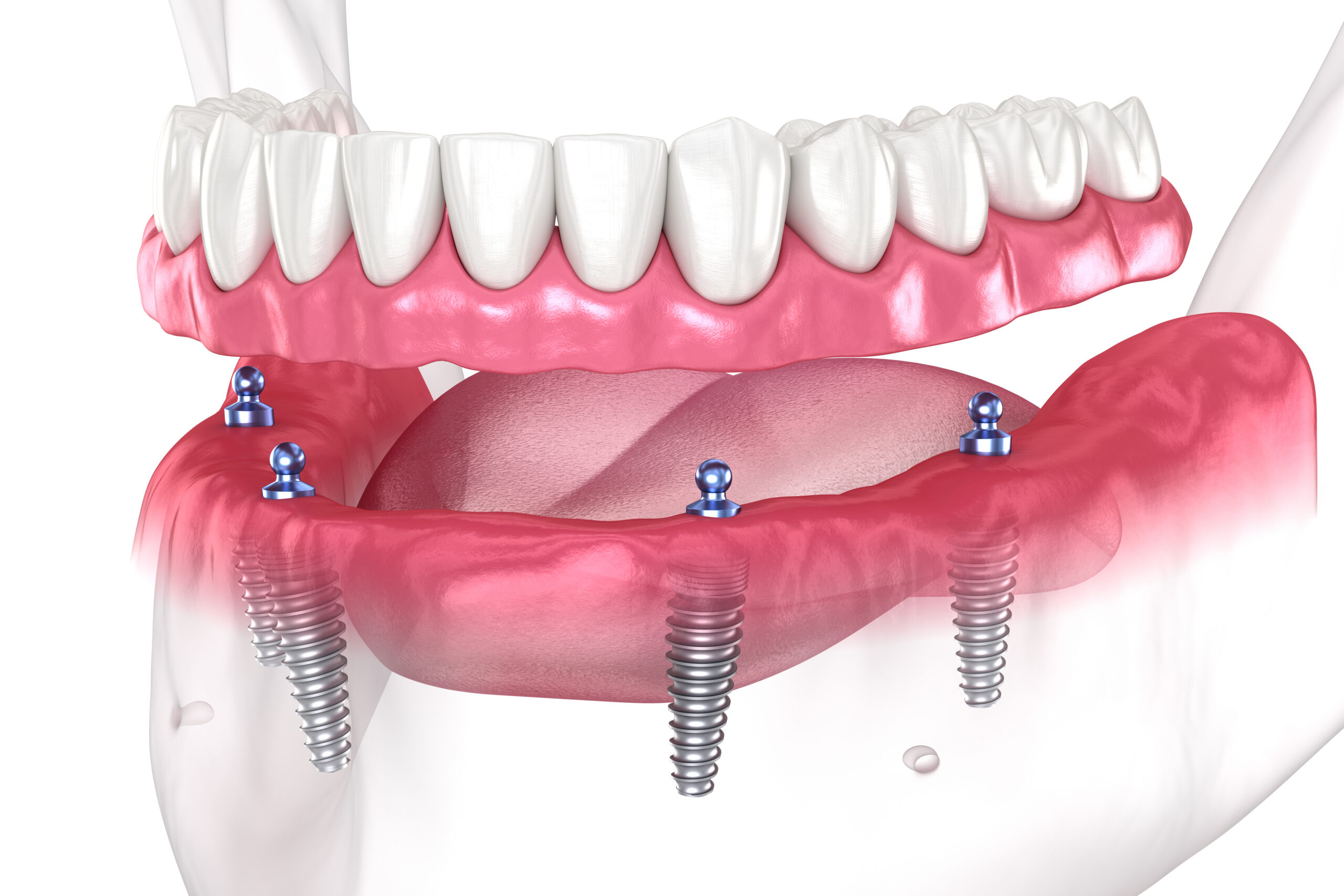Dental Sense Fundamentals Explained
Dental Sense Fundamentals Explained
Blog Article
Dental Sense - Questions
Table of ContentsThe Buzz on Dental SenseNot known Incorrect Statements About Dental Sense The Basic Principles Of Dental Sense Some Of Dental Sense
are clinical tools surgically implanted into the jaw to recover an individual's capacity to chew or their appearance. They offer assistance for fabricated (fake) teeth, such as crowns, bridges, or dentures. When a tooth is lost due to injury or illness, an individual can experience problems such as quick bone loss, defective speech, or modifications to chewing patterns that lead to pain.Oral dental implant systems contain an oral implant body and oral implant joint and might also include a joint addiction screw. Dental implants. The dental implant body is surgically inserted in the jawbone in location of the tooth's origin. The dental implant joint is usually affixed to the dental implant body by the joint addiction screw and extends through gums right into the mouth to support the connected synthetic teeth
(https://dentalsense1.wordpress.com/2025/01/11/dental-implants-root-canal-procedures-professional-teeth-whitening/)Structure of The Dental Implant System picking dental implants, talk with your oral copyright concerning the potential advantages and risks, and whether you are a candidate for the treatment. Points to think about: Your general health and wellness is an important consider establishing whether you are a good candidate for oral implants, the length of time it will certainly take to recover, and how much time the implant may remain in area.
Smoking may affect the recovery procedure and reduce the lasting success of the dental implant. The healing procedure for the dental implant body might take numerous months or longer, throughout which time you normally have a short-lived abutment instead of the tooth. the oral implant treatment: Carefully adhere to the oral health instructions provided to you by your dental copyright.
The Ultimate Guide To Dental Sense
Implant failing can result in the demand for another medical treatment to take care of or change the implant system. Brings back the ability to chew Brings back aesthetic appearance Aids keep the jawbone from shrinking as a result of bone loss Preserves the health of the bordering bone and gums Assists keep adjacent (close-by) teeth secure Boosts quality of life Damages to surrounding natural teeth during implant placement Injury to the surrounding cells throughout surgery, such as sinus opening Injury throughout surgery (for instance, fracture of bordering jawbone) Insufficient feature, such as really feeling like the teeth do not attack together normally An experience that the tooth is loose or twisting in area resulting from an abutment screw loosening Implant body failure (looseness of the dental implant body) as a result of systemic infection, which may be more probable in people with uncontrolled diabetics issues because of regional infection in bone and gums supporting the dental implant body due to postponed healing, which might be most likely in clients that smoke Trouble cleaning the periodontals around the implant, resulting in bad oral health Unattended gum illness Post-surgical tingling because of nerve impingement or damages Constantly inform healthcare companies and imaging specialists that you have oral implants before any magnetic resonance imaging (MRI) or x-ray treatments.
FDA is not knowledgeable about any unfavorable events reported for MRI or x-ray procedures with dental implants. Dental implants systems are commonly constructed from materials that comply with global consensus standards of the International Company for Standardization (ISO) or ASTM International. These requirements have details of what makes a risk-free product.

A dental implant is a structure that replaces a missing out on tooth. With screw-like tools, the doctor inserts an implant right into the jawbone, and it acts as a support for a man-made tooth, called a crown.
The Dental Sense Diaries
Some people are not eligible for dental implant surgery. It is for dental surgeons to operate individuals with: acute illnessuncontrollable metabolic diseasebone or soft tissue illness or infectionIf these concerns are dealt try here with, a person can have the surgical procedure. In, dental doctors refrain from operating on individuals with: If individuals with any one of the above undergo oral implant surgical treatment, there is a higher risk of the dental implant falling short.

Oral dental implant surgery is an individualized procedure. Offer you time to heal. Affix the blog post and final crown, bridge or denture.
Next, your surgeon will carefully put the dental implant right into your jaw. Finally, your surgeon will certainly reposition your periodontals and shut the laceration with stitches. If your implant is near the front of your mouth, your dental professional will make a short-lived tooth for you to put on till you heal. That means, you won't have a space in your smile while you recuperate.
Some Of Dental Sense
Your copyright can inform you what to expect in your situation. During the recovery phase, your jawbone ought to fuse to the oral implant. This procedure, called osseointegration, is crucial for stability and long-lasting success. This procedure can take anywhere from 3 to 9 months. Sometimes, it may take longer.
Once your implant heals, your dentist can connect the joint (little adapter blog post) and your last restoration (crown, bridge or denture). This generally takes regarding one hour to complete and might call for a 2nd small surgical treatment. You shouldn't really feel any pain during your oral implant procedure because your supplier will certainly use drug to numb your gum tissues.
Report this page